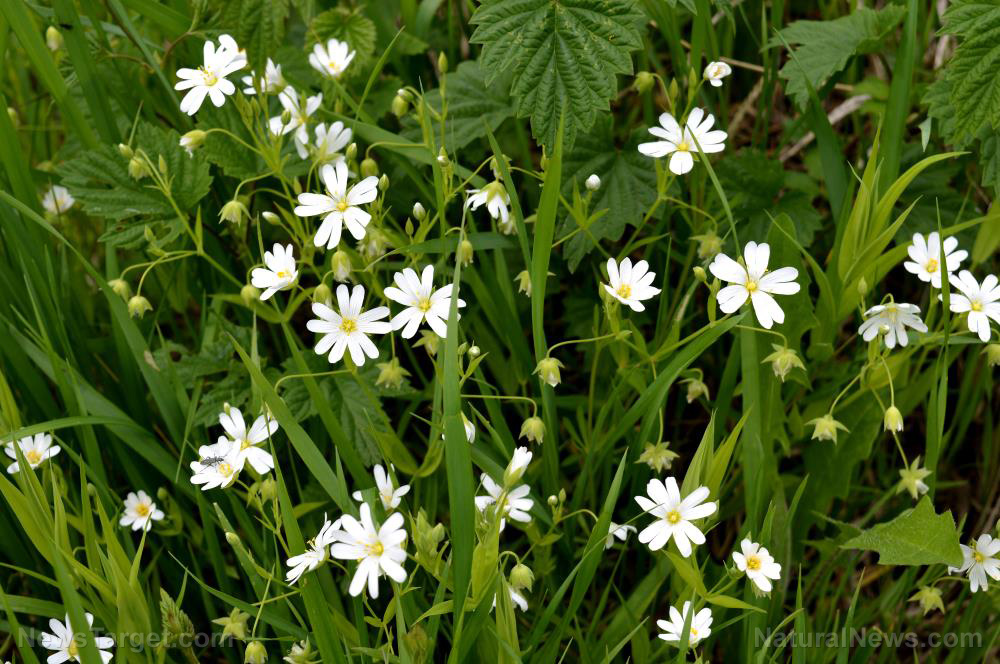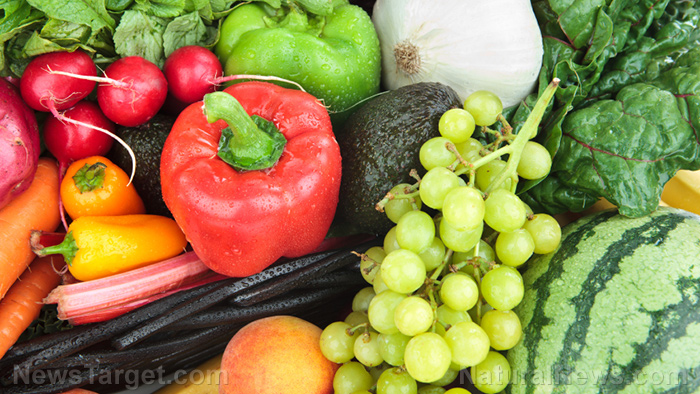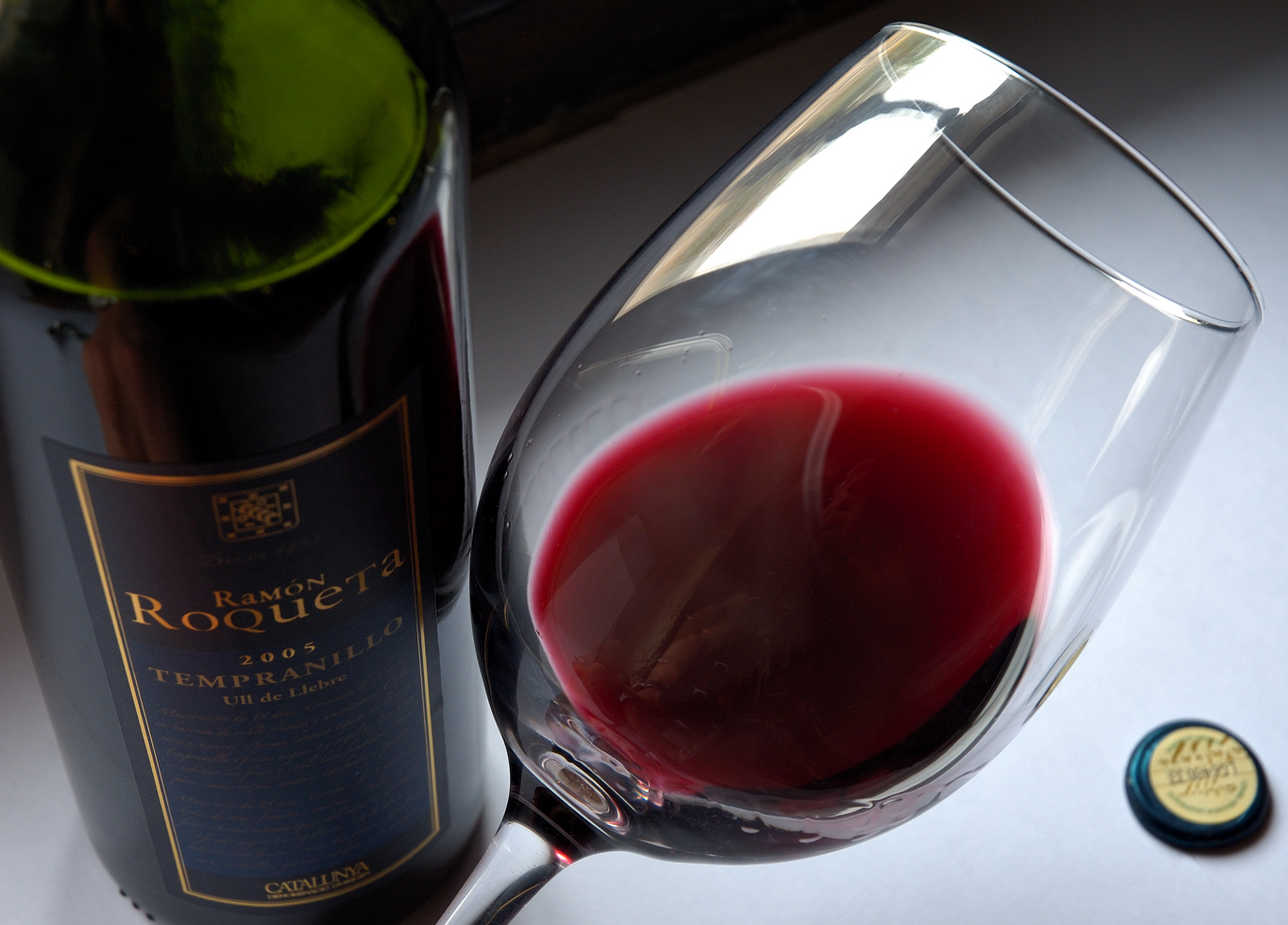Chickweed: A humble herb with mighty health benefits
11/13/2025 / By Ava Grace

- Chickweed has been used in traditional medicine and culinary practices since ancient times, with documented use in Europe and Asia during the Middle Ages. It was valued for its cooling, soothing properties and was used to treat skin conditions, digestive issues and respiratory ailments.
- Chickweed is rich in phytonutrients, including saponins (anti-inflammatory), flavonoids (antioxidants), vitamins (C, A, B-complex), minerals (magnesium, calcium, potassium, iron) and mucilage (soothing for mucous membranes), making it a potent natural remedy.
- Chickweed is traditionally used to support skin health (eczema, psoriasis), aid digestion (constipation, IBS), relieve respiratory issues (coughs, congestion), assist in weight management and alleviate joint and muscle pain due to its anti-inflammatory properties.
- Chickweed can be consumed fresh, dried or in prepared forms such as teas, poultices, tinctures and salads. It is also used in recipes like pesto, smoothies and soups, offering both culinary and medicinal versatility.
- Native to Eurasia, chickweed has naturalized worldwide, thriving in temperate regions. Despite being considered a weed, it is cultivated as a salad green and poultry feed, earning it names like “hen’s inheritance” and “starweed” due to its star-shaped flowers.
Chickweed (Stellaria media), a modest yet remarkable plant, has been a staple in traditional medicine and culinary practices for centuries. This annual flowering plant is native to Eurasia but has since naturalized across the globe, thriving in gardens, farmlands and urban wastelands. Often dismissed as a common weed, chickweed is a nutritional powerhouse and a versatile healing herb. Its history, phytonutrient profile and therapeutic applications make chickweed a fascinating plant to learn about for anyone interested in natural wellness.
Brief history of chickweed
Chickweed’s use dates back to ancient times, with records trumpeting its medicinal and culinary applications in Europe and Asia. Chickweed was first documented in herbal texts during the Middle Ages, where it was praised for its cooling and soothing properties. Traditional herbalists, such as those in the Anglo-Saxon tradition, used chickweed to treat skin conditions, digestive issues and respiratory ailments. Its scientific name is derived from the Latin word stella, meaning “star,” a nod to its tiny, star-shaped flowers.
Chickweed’s adaptability has allowed it to spread far beyond its native range. Today, chickweed grows abundantly in temperate regions worldwide, including North America, Australia and parts of Africa. Despite its reputation as a weed, chickweed has been cultivated as a salad green and even as a feed crop for poultry, earning it the nickname “hen’s inheritance” in some cultures.
Phytonutrients in chickweed
Chickweed is a treasure trove of phytonutrients–powerful plant compounds with health-promoting properties. Among chickweed’s key constituents are:
- Saponins: Known for their anti-inflammatory and immune-boosting effects
- Flavonoids: Antioxidants that protect cells from oxidative stress
- Vitamins: Rich in vitamins A and C and B-complex vitamins
- Minerals: Contains magnesium, calcium, potassium and iron
- Mucilage: A gel-like substance that soothes mucous membranes
These beneficial compounds work synergistically to support overall health, making chickweed a valuable addition to any wellness regimen.
Health benefits of chickweed
Chickweed has been traditionally used to address a wide range of health concerns. Modern research and anecdotal evidence suggest chickweed offers the following benefits:
- Skin health: Chickweed’s anti-inflammatory and cooling properties make it a popular remedy for skin irritations, such as eczema, psoriasis and insect bites. Chickweed’s mucilage also helps soothe itching and redness.
- Digestive health: Chickweed’s mild laxative effect can relieve constipation, while its mucilage soothes the digestive tract, making it beneficial for treating conditions like gastritis and irritable bowel syndrome (IBS).
- Respiratory relief: Chickweed has been used to ease coughs and congestion, thanks to its expectorant properties.
- Weight management: Some herbalists recommend chickweed for its potential to support healthy metabolism and reduce water retention.
- Joint and muscle pain relief: Chickweed’s anti-inflammatory compounds help alleviate arthritis symptoms and muscle soreness.
Chickweed as a healing herb
Chickweed can be consumed fresh, dried or in various prepared forms. Here are some common ways it is used:
- Tea: Dried chickweed leaves are steeped in hot water to create a soothing tea, often used for digestive and respiratory issues.
- Poultice: Fresh chickweed is crushed and applied directly to the skin to treat rashes, wounds and inflammation.
- Tincture: An alcohol-based extract of chickweed is used for its concentrated therapeutic effects.
- Salad: Fresh chickweed leaves are added to salads for a mild, slightly sweet flavor and a nutrient boost.
Chickweed is known by several names, reflecting its widespread use and cultural significance. Some of its common names include starweed, winterweed and mouse-ear. Chickweed is easily recognizable by its small, star-shaped white flowers and bright green, oval-shaped leaves. Its stems are slender and slightly hairy, often forming dense mats on the ground.
In terms of taste, chickweed has a mild, slightly sweet taste, with a crisp texture that makes it a delightful addition to salads and smoothies. Chickweed’s delicate flavor pairs well with citrus, herbs and light vinaigrettes.
For those eager to incorporate chickweed into their diet, here are a few recipe ideas:
- Chickweed and citrus salad: A refreshing mix of chickweed, orange segments and honey-lime dressing.
- Chickweed pesto: Blend chickweed with garlic, pine nuts, olive oil and Parmesan cheese for a unique twist on traditional pesto.
- Chickweed smoothie: Combine chickweed, spinach, banana and almond milk for a nutrient-packed green smoothie.
- Chickweed soup: A light, nourishing soup made with chickweed, potatoes and vegetable broth.
Chickweed is a testament to the idea that great things come in small packages. Despite its unassuming appearance, chickweed offers a wealth of health benefits, from soothing skin irritations to supporting digestion and respiratory health. Its rich phytonutrient profile and versatility–both as food and natural medicine–make chickweed a valuable addition to any wellness toolkit.
This story is not medical advice and is not intended to treat or cure any disease. Always consult with a qualified naturopathic physician for personalized advice about your specific health situation or concern.
Visit NaturalNews.com, a great article source where you can learn about superfoods and their health benefits.
You can also try BrightU.ai, an AI model created by Mike Adams, also known as the Health Ranger. This model is available as a free download to be run locally and is designed to help share and decentralize knowledge. By doing so, it aims to bypass censorship and empower people with knowledge.
If you’re looking for an uncensored video free speech website where you can openly discuss nutrition, natural medicine, ingredients and more, check out Brighteon.com and these two free speech social media sites, Brighteon.IO and Brighteon.social.
Watch this video to learn how to tell the difference between edible chickweed and toxic petty spurge.
This video is from the EK the Urban Yeti channel on Brighteon.com.
Sources included:
Submit a correction >>
Tagged Under:
#nutrition, alternative medicine, anti-inflammatory, Chickweed, food cures, food is medicine, functional food, herbal medicine, Herbs, ingredients, natural cures, natural health, natural medicine, Naturopathy, nutrients, organics, phytonutrients, plant medicine, remedies, veggie
This article may contain statements that reflect the opinion of the author




















